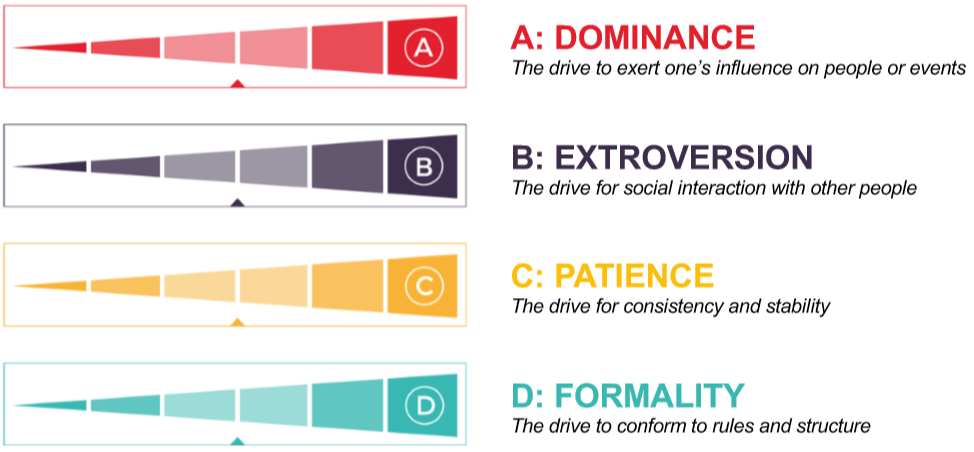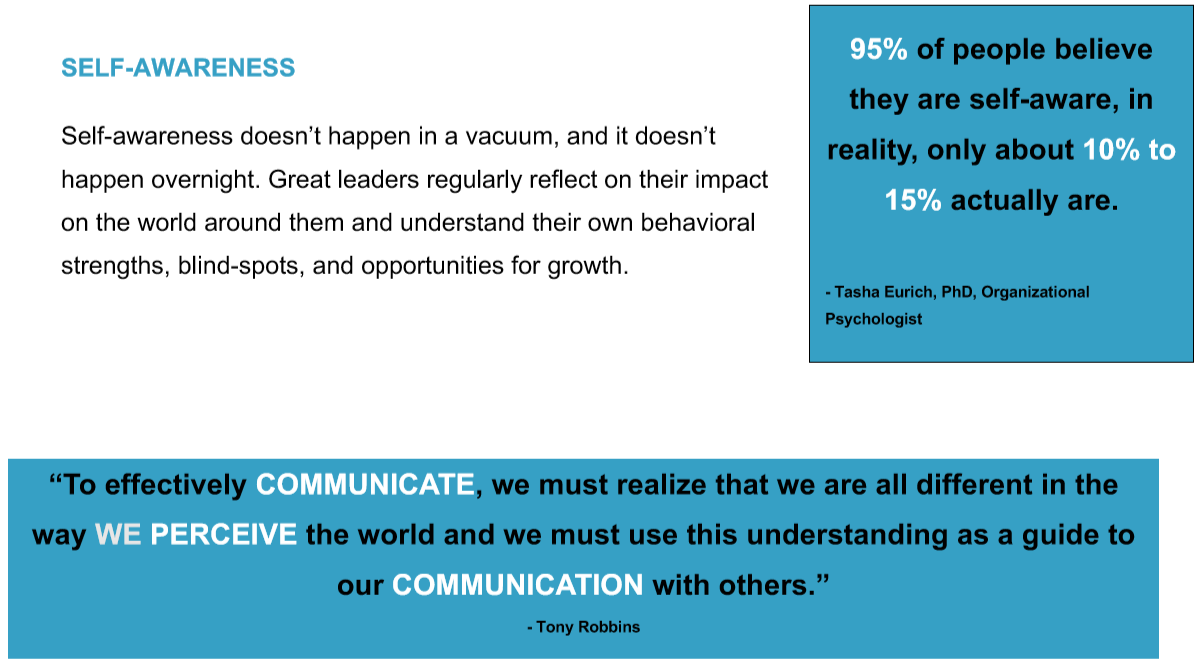04.09.20
Navigating a Remote Workforce— Essential Tips for Managers
The coronavirus has taken the world by storm. As the virus continues to spread around the world and disrupt daily life, unknowns in the ‘business’ and ‘personal’ aspects of life become more prevalent. The mandate to exercise social distancing has impacted entire industries and displaced hundreds of thousands of workers.
As people wait for things to return to “normal,” the shifting economic climate suggests that the new ‘normal’ could look very different. Businesses around the globe are making the transition to a remote workforce to protect the health and safety of their employees, families, neighbors, and beyond. And remote work will become a critical resource for the foreseeable future.
In a remote workplace, employees’ day-to-day responsibilities may not have changed, but how they perform their work has. During the transition, many employees, managers, and teams will be faced with new challenges and obstacles associated with this new way of working. This radical disruption can be intimidating for companies, leaders, and employees alike.
People are complex. Remote work environments lack many aspects of the face-to-face collaboration necessary for achieving your goals. Leveraging your PI data is more critical now than ever as it can bridge the gaps from in-person leadership to successfully leading your new remote workforce.
The PI Behavioral Assessment (BA) provides data-driven metrics for understanding core behavioral drives, motivating needs, and behaviors. The BA measures Four Primary factors:

Leading through uncertain times requires agility, empathy, and transparent communication. Yet, the most vital elements of leadership remain constant—self-awareness and external awareness.
The American Management Association surveyed 75 members of the Stanford Graduate School of Business Advisory Council, who rated self-awareness as the most significant leadership competency.

An individual’s core behavioral drives determine an individual’s motivating needs—and the behaviors that we observe are in response to their motivating needs. All behavioral profiles are unique, and there is no ‘right’ or ‘wrong’ profile. The key is understanding what drives and motivates each of your employees and adapting accordingly.

EXTERNAL AWARENESS
By understanding what drives each employee, leaders can adapt their style– not change who they are – to engage, lead, and motivate those around them. Great leaders have many leadership styles tailored specifically for the employee they are working with.
“Effective leaders need to be flexible and must adapt themselves according to the situation.”
~Paul Hersey & Kenneth Blanchard
In a business setting, a leader could observe two very similar behaviors, but for two very different underlying core drives/reasons. If a leader doesn’t understand the individual’s core behavioral drive, they will not be able to provide the unique leadership style required for that individual’s success.
For example: In a virtual meeting, two individuals—Jane and John—are not actively participating (observed behavior).
Jane’s highest BA factor is D: FORMALITY (core drive)—she is precise, careful, and accurate. The quality of Jane’s work product means everything to her. In a meeting, Jane may not share her thoughts because she doesn’t want to share something that is wrong. She needs a detailed agenda in advance (motivating need). She can then prepare and do the research and due diligence necessary to share high-quality and correct information during the meeting (observed behavior).
On the other hand, John’s highest BA factor is B: EXTROVERSION (core drive)—he is outgoing, open, optimistic, and a verbal communicator. John’s image means everything to him (motivating need). In a meeting, John may not share if the meeting is very structured or formal. John solves his problems by talking them through, and John needs a more casual style meeting for him to feel comfortable putting his ideas out there (motivating need). Then, he will be able to bounce his ideas off others in the meeting to solve problems and come to a solution. (observed behavior).
If the leader did not understand the ‘why’ (core drive) behind the lack of participation, he or she might not provide Jane or John with the right formula (motivating need) to facilitate their participation.
The following tips highlight a few effective remote strategies to lead individuals based on their unique behavioral drives:
HIGH DOMINANCE
- BEHAVIORS: Independent, self-motivated, competitive
- EFFECTIVE REMOTE LEADERSHIP STRATEGIES:
- Create opportunities for individual competition
- Give them opportunities to figure things out on their own
LOW DOMINANCE
- BEHAVIORS: Collaborative, team-focused, unselfish
- EFFECTIVE REMOTE LEADERSHIP STRATEGIES:
- Provide extra support, encouragement, and reassurance
- Solicit their opinions and schedule regular team check-ins
HIGH EXTRAVERSION
- BEHAVIORS: Outgoing, open, optimistic
- EFFECTIVE REMOTE LEADERSHIP STRATEGIES:
- Create opportunities for face-to-face remote collaboration (i.e., Zoom, Microsoft Teams, Skype)
- Give them a sounding board – they solve their problems by talking them through
LOW EXTRAVERSION
- BEHAVIORS: Private, serious, and skeptical
- EFFECTIVE REMOTE LEADERSHIP STRATEGIES:
- Provide opportunities for them to think things through before reporting to the team
- Create alternative means of communication—they don’t need face-to-face remote collaboration (i.e., Slack, Instant Messaging, etc.)
HIGH PATIENCE
- BEHAVIORS: Patient, steady, and consistent
- EFFECTIVE REMOTE LEADERSHIP STRATEGIES:
- Create routines and predictable processes
- Limit interruptions and communicate change as early as possible
LOW PATIENCE
- BEHAVIORS: Intense, driving, and fast-paced
- EFFECTIVE REMOTE LEADERSHIP STRATEGIES:
- Create a sense of urgency—they thrive on working under pressure and last-minute constraints
- Provide opportunities for them to juggle multiple priorities
HIGH FORMALITY
- BEHAVIORS: Precise, careful, and accurate
- EFFECTIVE REMOTE LEADERSHIP STRATEGIES:
- Set clear expectations and guidelines for working remotely
- Develop pipelines and channels for them to retrieve information remotely
LOW FORMALITY
- BEHAVIORS: Informal, casual, and big-picture oriented
- EFFECTIVE REMOTE LEADERSHIP STRATEGIES:
- Set goals and communicate the big-picture
- Keep emails concise and to the point